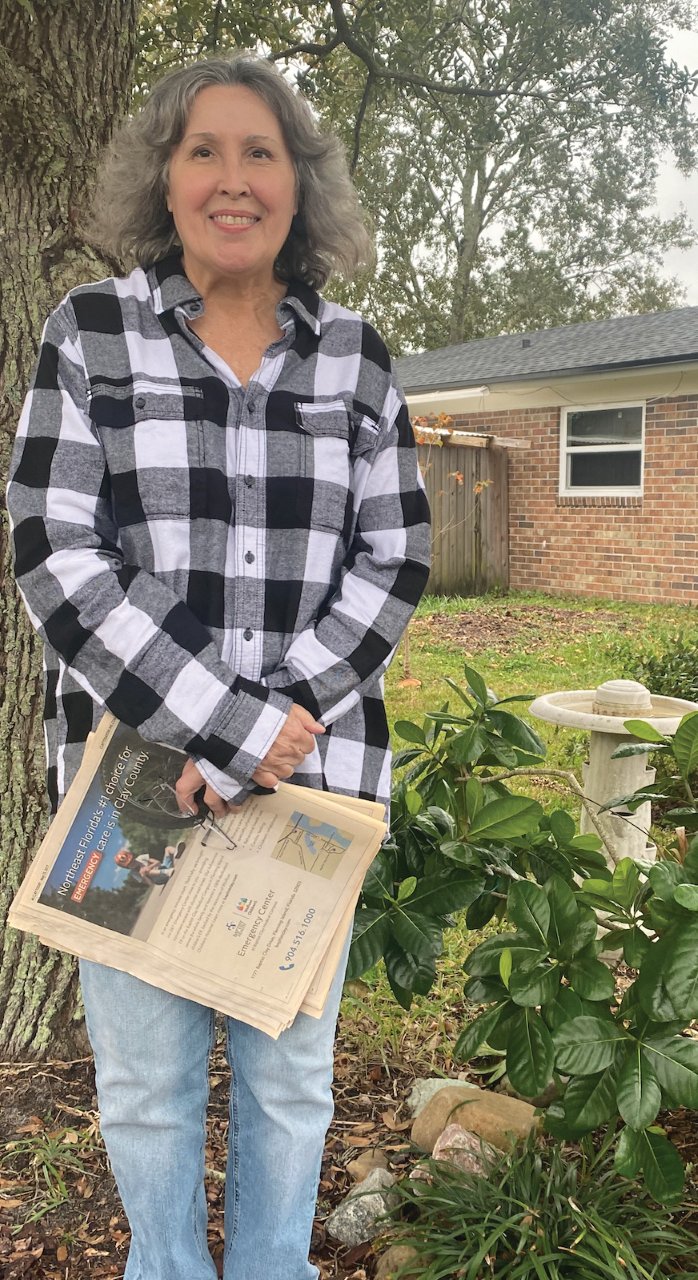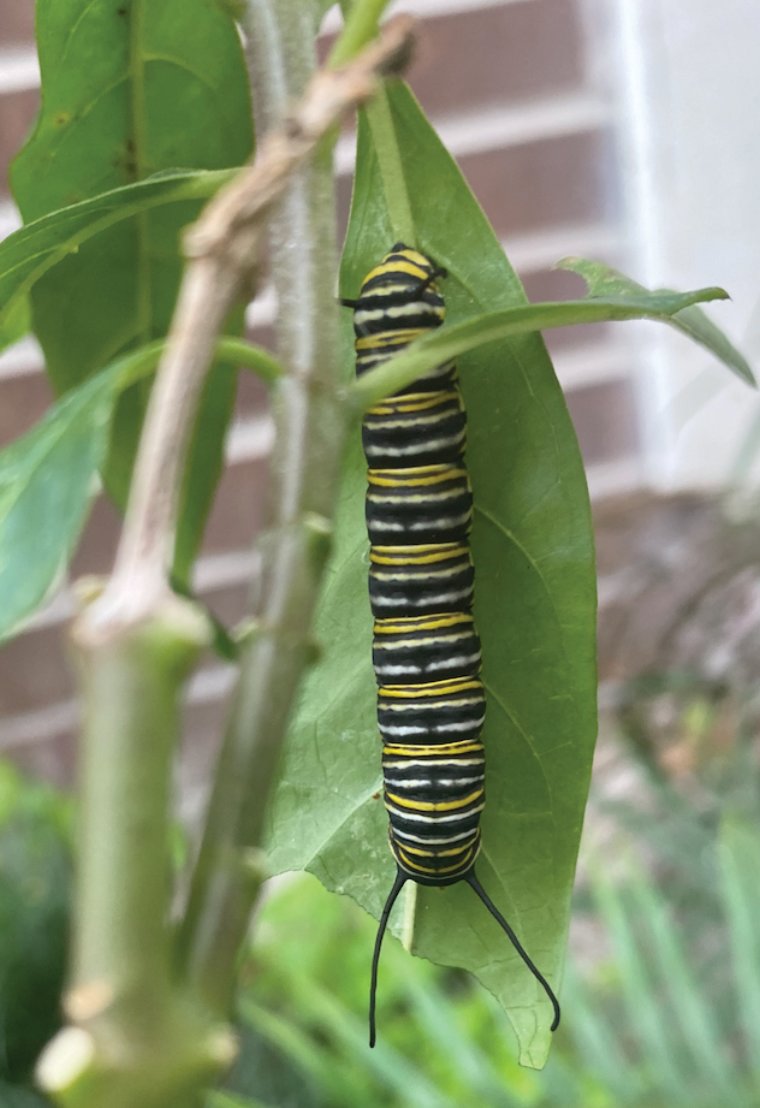Harvey’s eco-garden features array of blossoms, butterflies, bees, bugs
ORANGE PARK – Frances Harvey is an eco-gardener with one big plan.
Harvey, who has lived in Orange Park for 15 years, was first motivated to start a garden after taking a workshop over 10 years …
This item is available in full to subscribers.
Attention subscribers
To continue reading, you will need to either log in to your subscriber account, below, or purchase a new subscription.
Please log in to continueDon't have an ID?Print subscribersIf you're a print subscriber, but do not yet have an online account, click here to create one. Non-subscribersClick here to see your options for subscribing. Single day passYou also have the option of purchasing 24 hours of access, for $1.00. Click here to purchase a single day pass. |
Harvey’s eco-garden features array of blossoms, butterflies, bees, bugs
ORANGE PARK – Frances Harvey is an eco-gardener with one big plan.
Harvey, who has lived in Orange Park for 15 years, was first motivated to start a garden after taking a workshop over 10 years ago from Horticulture Agent and Master Gardener Wayne Hobbs at the UF/IFAS Clay County Extension office.
Since laying the framework for her garden in 2012, Harvey now has accumulated a list of 35 plant species, with a seemingly never-ending list of shrubs and greens, including the Florida state wildflower, Coreopsis, beach sunflowers, milkweed, Arizona Sun, Aztec Grass, Muhly Grass, Mondo Grass, Wild Verbena, Japanese Blueberry, many varieties of Salvia, Tickseed, Hibiscus, Purple Fountain Grass and more.
The garden provides some of Harvey’s vegetables, with plants such as bananas and yuccas. But that’s just the beginning of the majestic powers of the half-acre in the middle of town.
The plants attract an array of animals, and all involved play a critical role in going on to support the environment, including ever-important insect species, an array of colorful dragonflies, lovely ladybugs and, most importantly, pollinators such as the Monarch and Zebra Longwing butterflies, along with a long-ranging variety of bees.
There also are a collection of other common birds, animals and reptiles that frequently the garden such as bluebirds, cardinals, crows, mockingbirds and the majestic swallow-tailed kite, along with other local critters like frogs, squirrels, owls and hawks.
All plants involved not only play a role in helping ever-important pollinators as the honeybee thrive, but that’s just the beginning of the magic that a properly-maintained front yard or backyard can provide, no matter how small the space. Harvey’s entire parcel is .23 acres, with her front yard garden only accounting for 10% of the total acreage.
“You can save money. My water bill is very, very low. I don’t have to have a lawn service for my front yard, and that works for a lot of people,” she said.
But that’s not all: establishing a garden can even enhance the value of your home, she said.
“It can enhance your curb appeal,” Harvey said.
Her gardens have strengthened family bonds, which can certainly be accomplished in an area that receives more than 270 days of sunshine annually.
“Just start small with a butterfly garden. You can start small. It’s an opportunity,” she said.
To start your garden, you can get easy-to-follow instructions from the Florida Yards and Neighborhoods Program at the Extension Office, which provides an excellent resource on how to begin cultivating eco-friendly plants that go on to protect the environment. Clay County residents can find out more by following this link: https://sfyl.ifas.ufl.edu/miami-dade/landscapes--gardening/florida-yards-and-neighborhoods-fyn/.
Hobbs’ lecture certainly went on to inspire Harvey, but her biggest boost came when she adopted the practice of natural landscaping – a school of thought that has been championed by Doug Tallamy, an American entomologist, ecologist and conservationist author.
Hobbs co-founded Homegrown National Park, a nonprofit with a grassroots mission of regenerating biodiversity and ecosystem function because every human being on this earth needs diverse and highly productive ecosystems to survive.
The organization’s call to action is to catalyze a collective effort of individual homeowners, property owners, land managers, farmers and anyone with soil to start a new habitat by planting native plants and removing invasive plants. Intending to plant 20 million native seedlings, it is the largest cooperative conservation project ever conceived or attempted.
Harvey’s garden participates in the nonprofit’s call to action, and she called on all other county residents to do the same.
“There’s 60 million acres of backyards in the (United States), and much of that is unused,” she said.
She not only hopes that Clay residents will help her in performing the nonprofit’s mission but also envisions the county as a potential hub for the gardening world in the state of Florida.
“I would love to see Clay County become the garden capital of Florida. I’ve grown pineapples, blueberries and asparagus. It depends on the soil, but this could be a point of pride for our county,” she said. “You’re doing good for the environment. It’s for the manatees, monarchs, and bumblebees, and you can get the kids involved and away from the electronics.”














